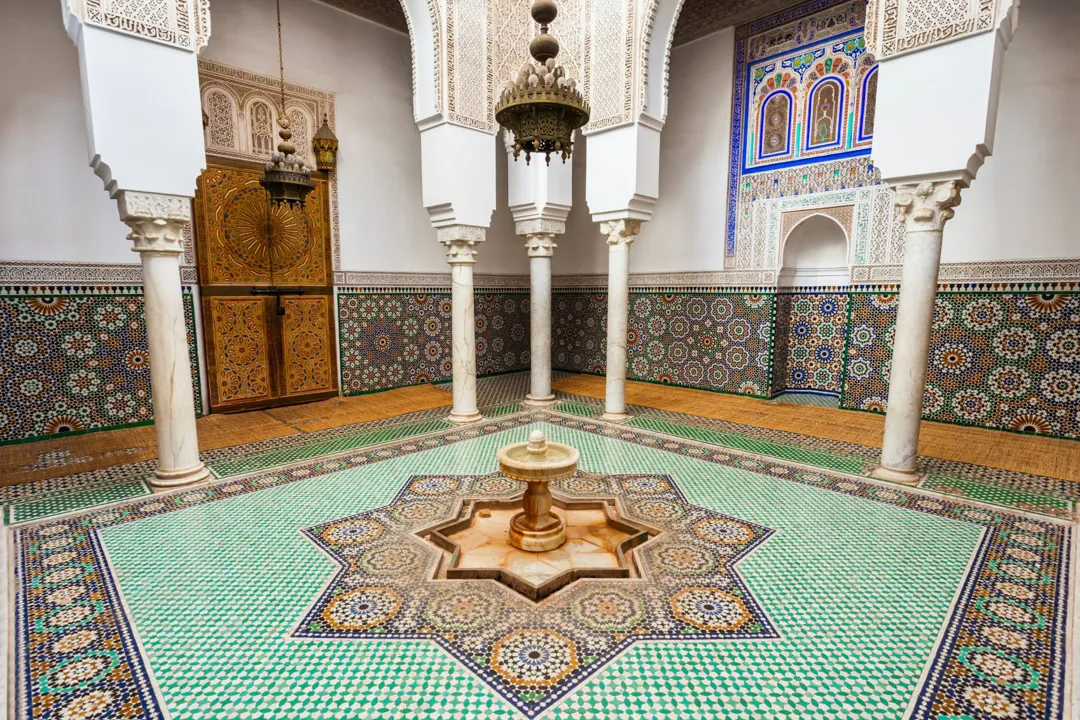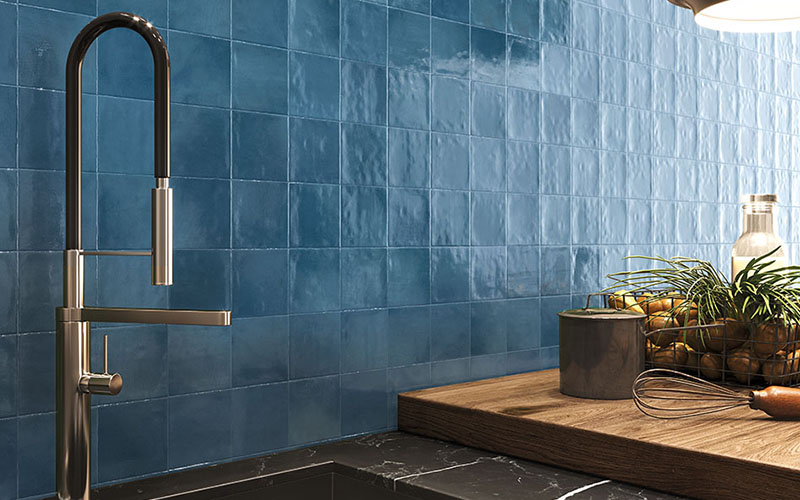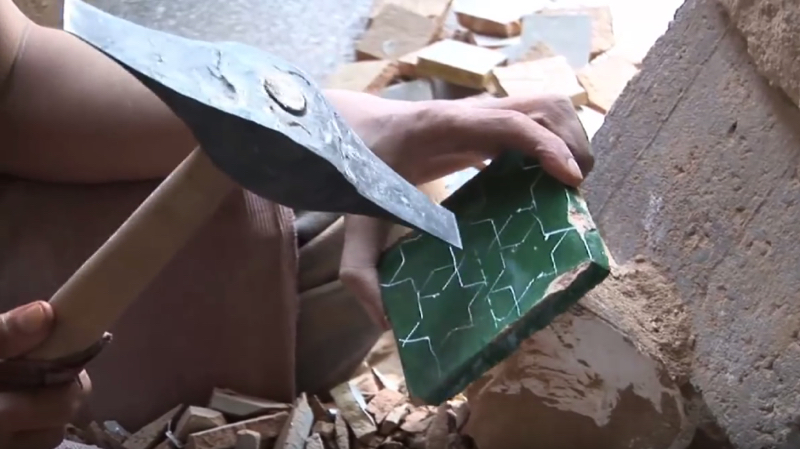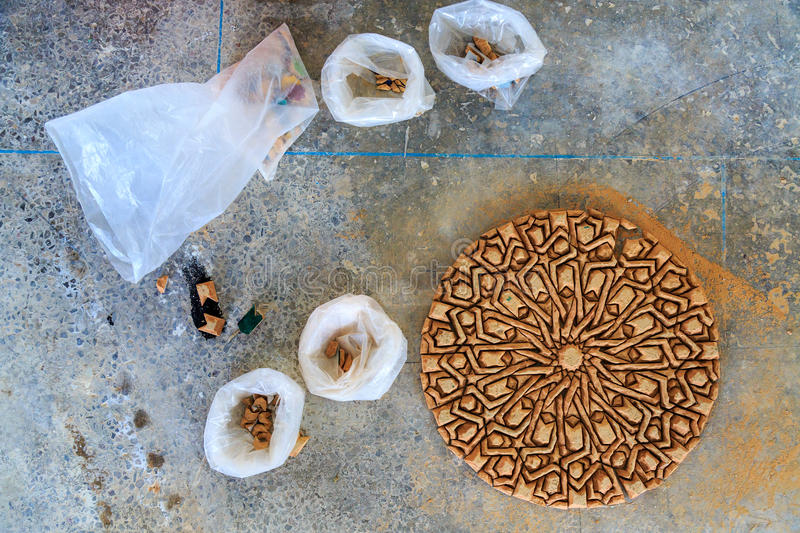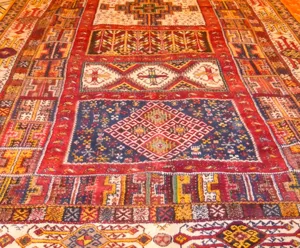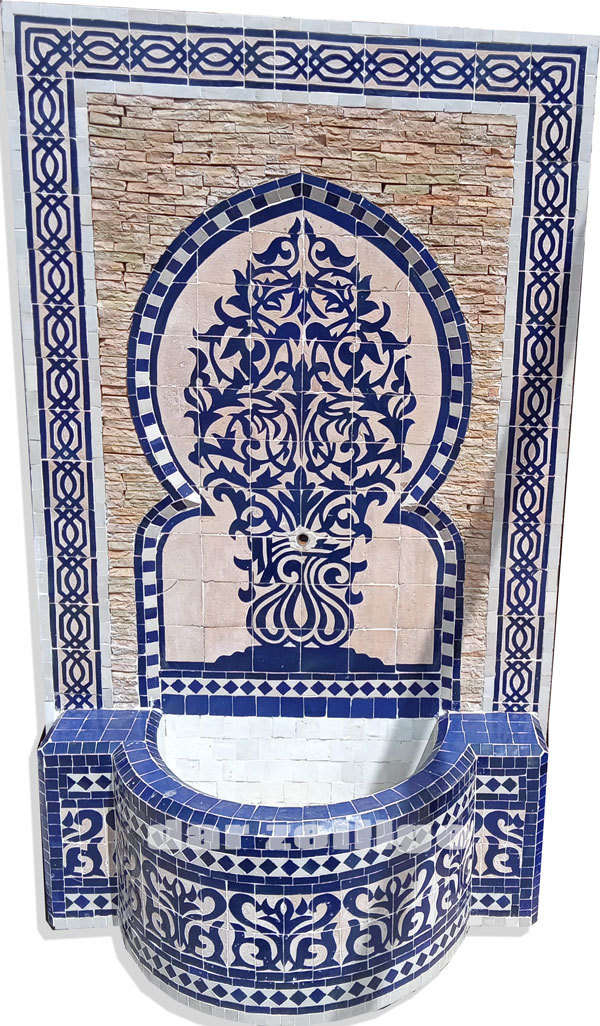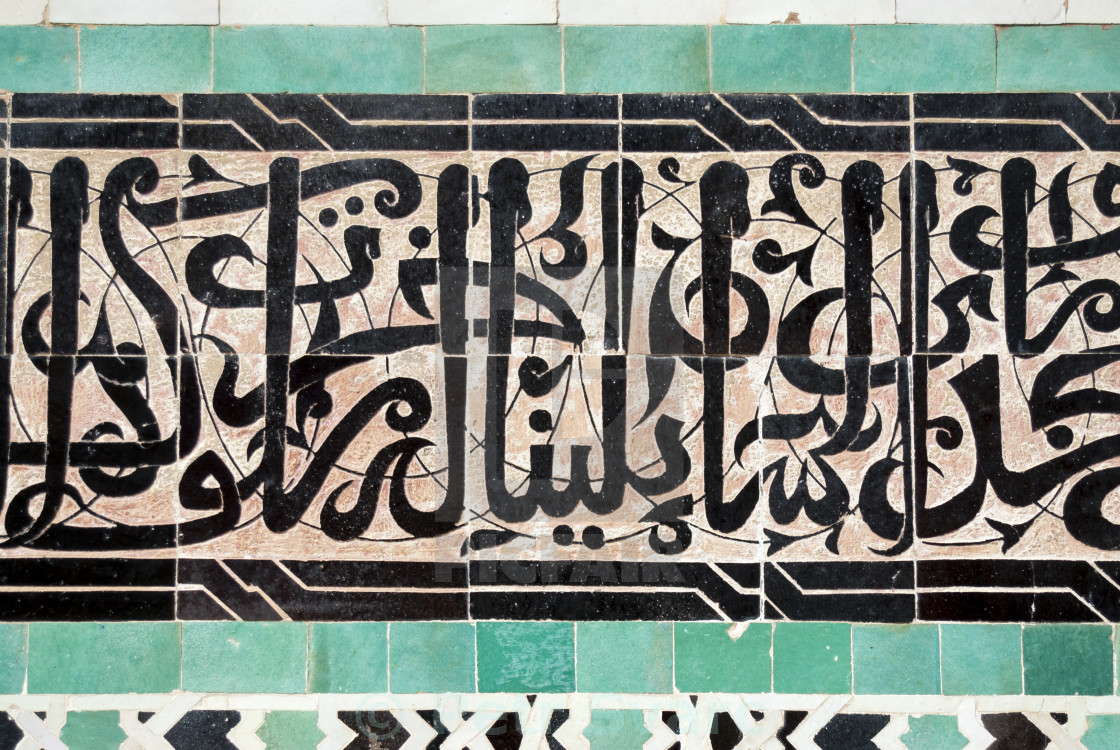Content
Steps To Make Morrocan Zellige
What Is Ornamentation?
Types of Ornamentation Of Moroccan Zellige
Conclusion
Steps To Make Morrocan Zellige
Steps To Make Morrocan Zellige
Making The Tiles
![Zellige tiles]()
Moroccan Zellige tiles in modern kitchen
Like for the Moroccan pottery, clay is the raw material of the tiles of Zelliges.
In nature, the clay looks like stones. Workers extract in the form of blocks. Then, men immerse these blocks of clay in a basin for one day and a night. Using arms and legs, men mix this paste to soften it, unify it, and smooth it.
Next, workers have to crush this paste, cut it into blocks, and flatten it with a bat. Then artisans divide these blocks into squares of 10 x 10 cm and let them dry in the sun. We then cooked the tiles for the first time.
The polished surface of the tile is then quickly plunged into an enamel bath before the second firing. This firing will reveal the different colors: white, black, blue, green, yellow, brown, and red.
The enamels contain mixtures of plumb, sand, and specific oxidants. When we burn the tiles, the fire gives a different color thanks to the oxidant.
In the oven, the heat comes from below. We arrange the pieces in a specific order. At the bottom, we put tiles that need more heat (such as the white ones). Above, we place the sensitive ones (such as the green ones).
After twenty-four hours, we take out the tiles, check them and classify them by color.
The Cutting Of The Zellige
![Cutting Zellige tiles]()
Cutting Zellige tiles
The cutting of the Zellige is one of the highlights of the process. The craftsman uses templates to draw the parts to be cut from the square tile.
Since the square tile is already the result of long work, the artisan tries to minimize the loss of this precious raw material.
On a small workbench, the artisan places the square prepared. Using a heavy two-edged hammer, he quickly cuts the delimited shapes.
The small Zelliges are filed at an angle to give the reverse side a larger surface for setting with the cement.
When these Zelliges pieces take shape in the workshop, they are placed in baskets according to their design and color form.
On large construction sites, you can see hundreds of baskets, each containing thousands of small parts.
The Composition Of The “Puzzle”
![Composing Zellige mosaic]()
Composing Zellige mosaic
In this step, artisans place the small pieces of zellige together by shapes and colors.
The craftsman places them, one by one, upside down, on a perfectly smooth floor. Lines and circles serve as a guide to the construction.
Identical shapes may be in different colors. And, of course, the small pieces will be indistinguishable once turned upside down. And this is why this step is very delicate.
The craftsman twists the Zelliges pieces into each other to compose his panel. He works without seeing the colors.
After composition, the craftsman pours cement on the puzzle and leaves it to dry.
What Is Ornamentation?
Ornamentation is an art that relies on vegetal, linear, or geometrical shapes. Artists distribute these elements following specific rules. Among them are repetition, symmetry, alternation, contrast, and inversion.
Also, you should note that this kind of decoration has spiritual roots. Religious concepts and sacred Islamic texts had the most important influence on this art.
Related posts
Types of Ornamentation Of Moroccan Zellige
Floral Decoration
![Floral Decoration Zellige mosaic]()
Zellige Floral Decoration Of a small fontain
The botanical decoration utilizes the repetition of groups of symmetrical plant elements.
This type of ornament is also known as arabesque. It consists of drawings of flowers and plants according to precise rules and elaborate style.
Calligraphy Decoration
![Calligraphy Decoration]()
Zellige Calligraphy Decoration
Arabic calligraphy has characteristics that made it a flexible decorative element.
At first, Arabic calligraphy gave the Quranic text grandeur and majesty. Later, It became among the dominant arts of Islamic civilization.
In Marrakech monuments, you can see the Arabic calligraphy decoration on the Moroccan Zellige.
![Calligraphy Decoration]()
Zellige Calligraphy Decoration In Madrassa Ben Youssef Marrakech
Geometric Decoration
![Calligraphy Decoration]()
Zellige Geometric Decoration
The geometric decoration is the most sophisticated technic for Zellige decoration. This decoration, which relies on mathematics, adopts the rules of repetition and symmetry.
Repetition consists of the reproduction of decorative units. This duplication lets Moroccan Zellige gives you the impression of permanent movement.
Symmetry exists if any copies of a shape reflected themselves. The line of reflection, in this case, is called the line of symmetry.
Conclusion
Moroccan Zellige art has been able to create long, clean, and expressive masterpieces. Artist composes simple geometric shapes by the simple rules of proportion and symmetry. The result is an infinite ideal surface.
Morocco inherited the knowledge of the Zellige from the Andalusian civilization. The Zellige technique requires high precision. From father to son, artisans preserved the secrets and know-how of this exquisite art.
